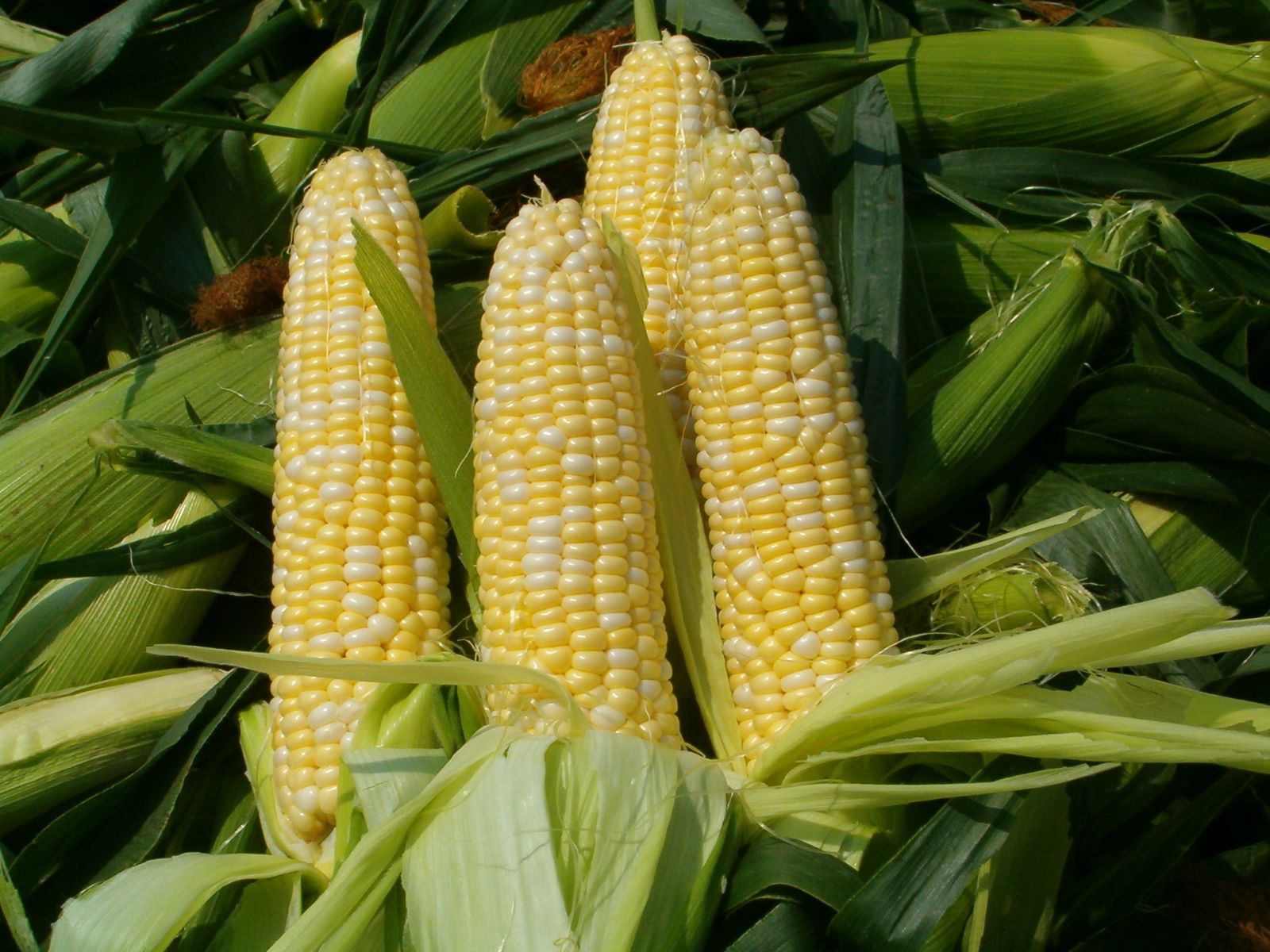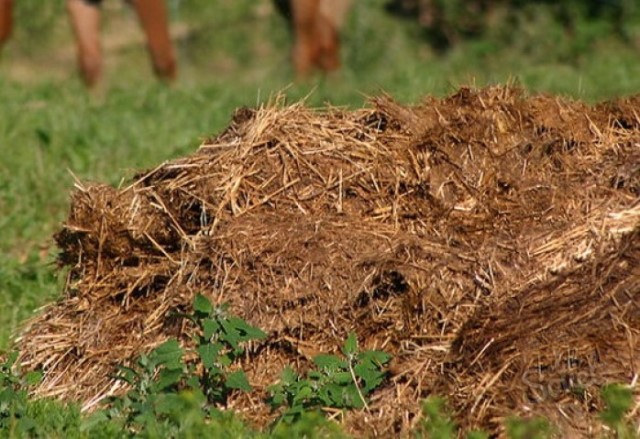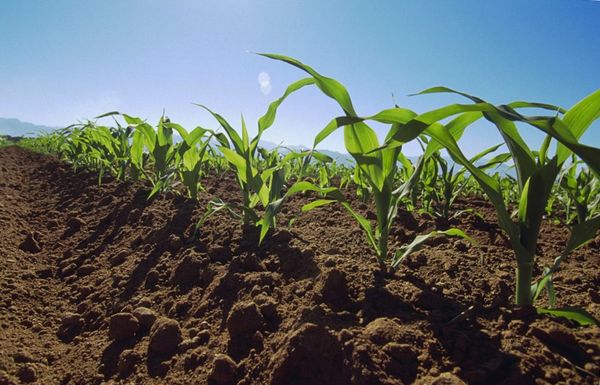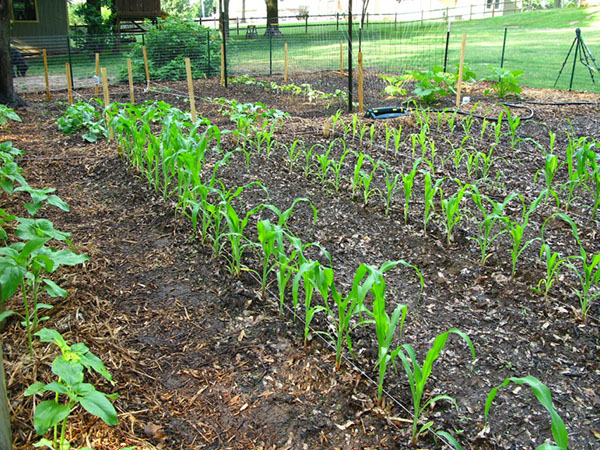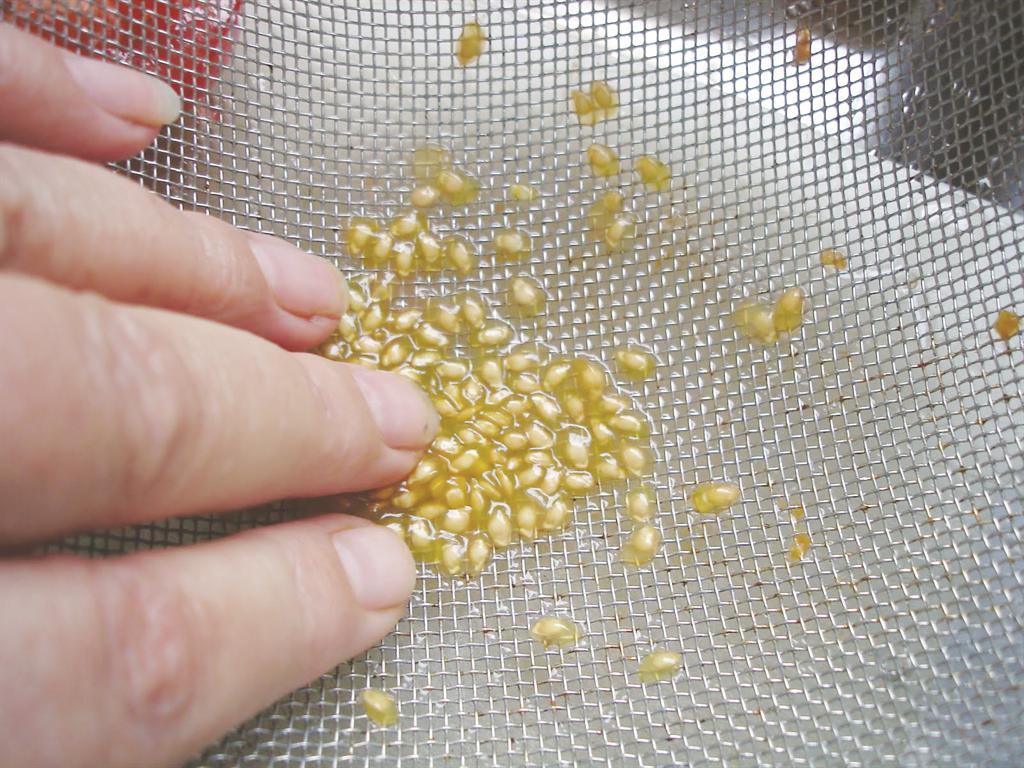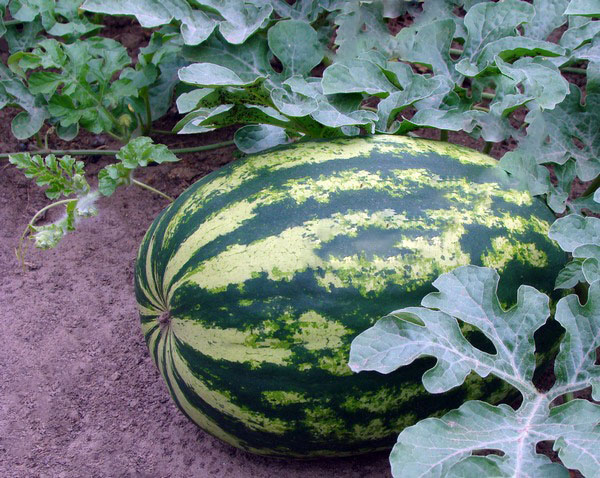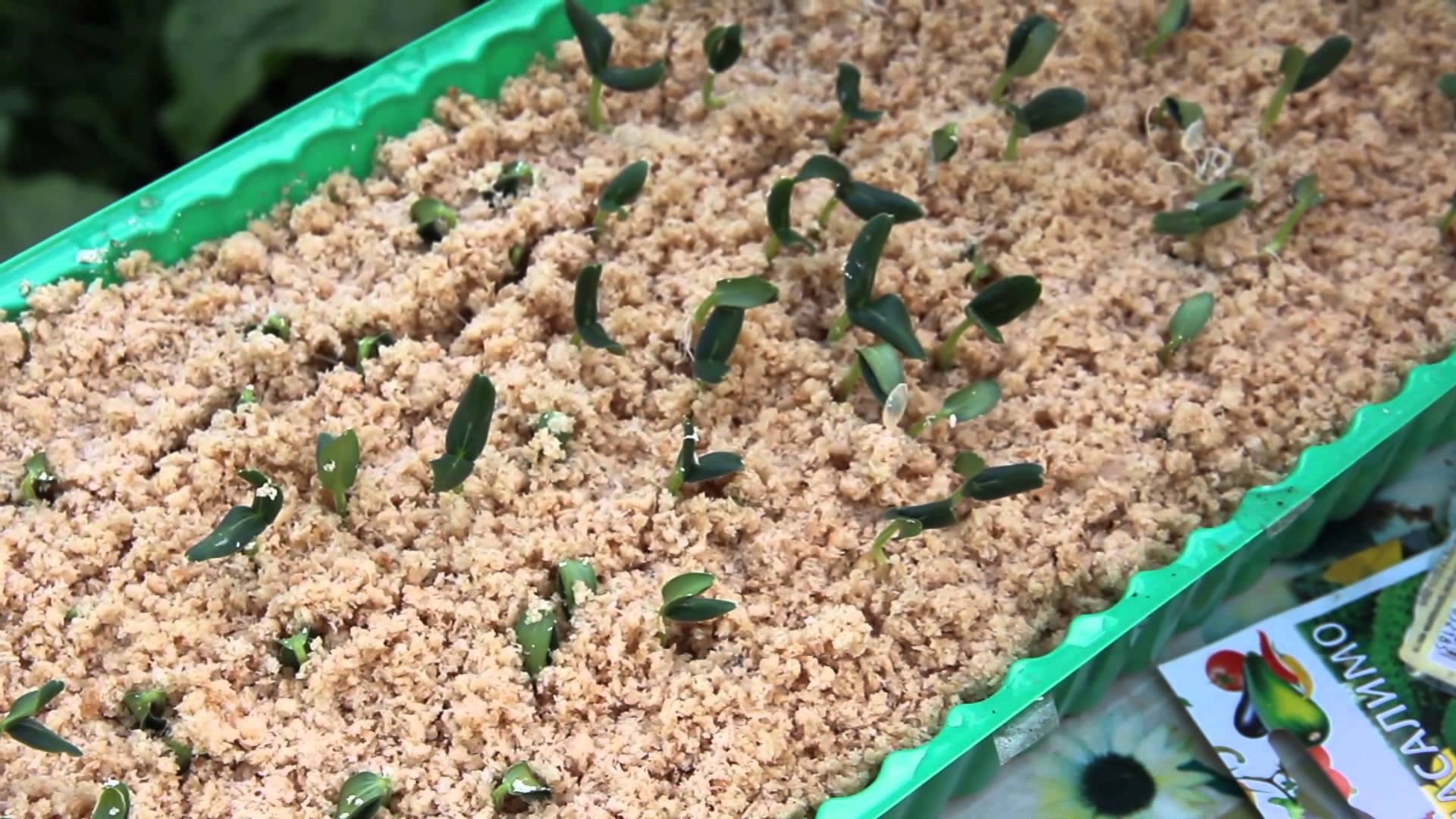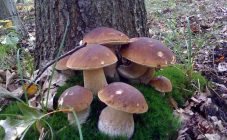Content:
Corn is not only a delicious delicacy, but also a unique storehouse of valuable protein for the body. There are not many people who are able to give up the warm sweet cob. The culture is already so domesticated that it is not able to reproduce independently in nature. When planting corn in the country, you need to know that the plant does not require special attention to itself and it is not at all necessary to allocate separate beds for it. However, there are some planting and care rules that it is advisable to familiarize yourself with so that in the second half of summer the cobs reach milk ripeness, and you can pamper your household with them.
Growing seedlings
How to grow corn from seeds? Novice gardeners often ask themselves this question. In reality, there is nothing difficult. Many pre-grow seedlings, which will then be immediately planted in open soil.
As a rule, seedlings are suitable for planting, the age of which is about 1 month.
- Seeds for seedlings are sown in early May. It is recommended to use peat-earth or humus-earth bags. The advantage is due to complete isolation, the possibility of damage to the root system is excluded. You can grow seedlings in containers, but you need to evenly distribute the roots over the entire surface.
- After a month, the seedlings can be transplanted into open soil.
Features of planting in the ground
As a rule, planting any crop is reduced to digging up the earth, breaking up blocks with a rake, fertilizing the soil, sowing, watering and hilling. But, there are recommendations that will allow you to get a larger harvest.
The predecessors on the ground of maize should be legumes, row crops, winter or spring wheat, root crops, melons and tomatoes. When choosing a location, it is recommended to give preference to bright and warm areas. As for the soil, the culture in this matter is unpretentious, but it will give large yields, growing on light soil with a moderate concentration of water.
How to plant corn in a vegetable garden from seeds and not be disappointed with the result?
The soil must first be enriched with organic or mineral substances. During the autumn digging, you can add rotted manure and phosphorus-potassium fertilizers to the soil (use according to the attached instructions for use). In the spring, the soil must be raked to break up the crust formed during the winter.
Corn: how to plant in the garden in open ground
- You can plant corn kernels in well-warmed soil, the temperature should be at least 12 ° C. The day before planting, nitrogen fertilizers can be applied to the soil (for every 10 sq. M. 200 g of fertilizer). Before planting corn seeds, the soil must be loosened about 10 cm in depth, and then spud.
- To speed up the growth of seeds, before planting them, you need to warm them up for several days at a temperature of 35 ° C, and then soak them in warm water.
- Sowing seed corn begins towards the end of April, the immersion depth is 7 cm. In the garden conditions, seeds grow already for 12-14 days.
- In summer cottages, it is recommended to sow a beautiful culture in rows. The distance between the rows is 0.6 m, and between the plants - 0.4 m.
Landing scheme
The main methods of planting corn:
- Square-nested method. 3 grains are placed in a richly watered hole, which are sprinkled with wet and then dry earth. After the appearance of the first shoots, they leave strong, the rest break through.
- The essence of the conveyor method is to plant different varieties of corn with an interval of 2 weeks. So it will be possible to harvest continuously throughout the summer.
To increase the frost resistance of corn and extend its growing period, it is recommended to pre-germinate the seeds in peat pots.
Proper plant care
The main aspects of plant care:
- it is recommended to thin out the plant when 4 leaves are formed in the shoots;
- row spacings must be weeded and loosened in a timely manner and regularly;
- the culture is periodically fed with a mullein and spud;
- at the initial stage of growth, the root system develops inward, so frequent watering is not required, but when the panicles are formed, the corn must be watered as the soil dries up;
- to obtain large cobs, side shoots are removed.
Corn grows well after organic fertilizers (humus, cow and chicken manure, compost). Good effect on growth and fertilizers of inorganic origin (ammonium nitrate, superphosphate, potassium). It is recommended to start fertilizing the soil only after 6 leaves have formed on the stem.
Plants need regular loosening and weeding. It is necessary to carry out these manipulations at least 3 times during the entire growing season. The last weeding should be superficial, otherwise the adventitious roots can be disturbed. It is recommended to spud each plant 2 times. This will stimulate the growth of additional lateral roots that prevent disease and strengthen the stem.
It is necessary to water the plant rarely, but abundantly. It is recommended to do this during the formation of the ears and during their ripening.
The main reasons for a bad experience in growing corn can be non-compliance with the basic rules: unsuitable soil, not the distance between the bushes and the lack of fertilizing with mineral complexes or organic fertilizers. If all this is taken into account, then the corn harvest will not be long in coming!
